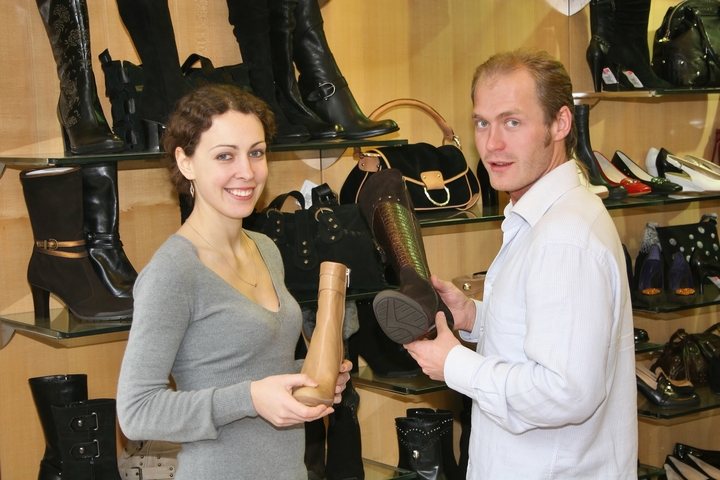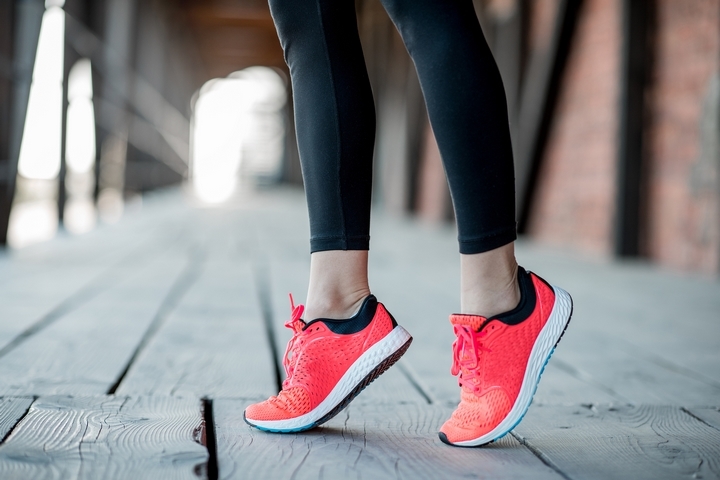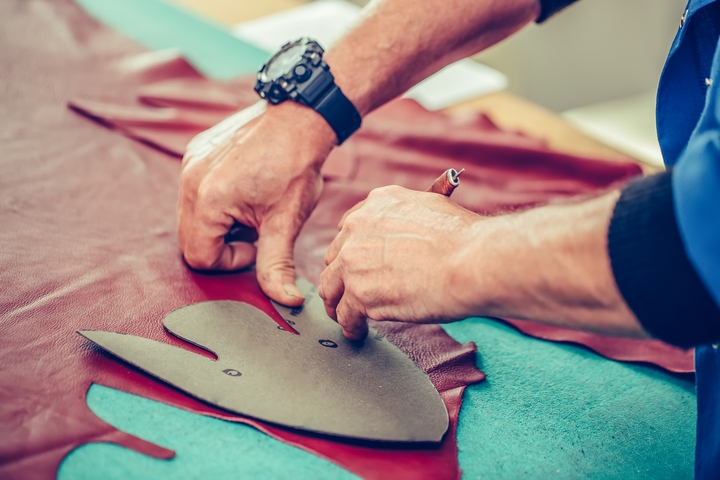7 Ways to Wear Environmentally Friendly Shoes

The most environmentally friendly shoes are those that are ethically sourced, procured from sustainable materials and eco-friendly means, and which are vegan. By buying shoes suitably described under these terms, you’re making a contribution to supporting a more sustainable footwear industry.
Here are seven ways to start wearing more environmentally friendly shoes:
1. Understand the footwear industry

Worldwide, footwear products a large amount of waste in production and add to that a lot of footwear cannot be recycled. There are at least three or four big waste issues ongoing in footwear. For example, the average shoe gets manufactured from about 20 different components. As these are bonded together and mixed, they make a shoe unrecyclable which keeps them in the landfill post-use.
Building eco-friendly shoes, the materials used and their sources also count for a lot. The material would ideally come from renewable sources, either through organic farming or in an organic classification. The material from which a shoe is to be made would also be biocompatible or biodegradable.
Lastly, the material would also be from a local source. It’s not always possible to procure manufacturing materials locally but that said, geographic distance does count with relation to the sustainability and eco-friendliness of product.
2. Measure sustainability

In selecting or building an environmentally friendly shoe, companies start with improving the sustainability of their operations. There are many ways to do this however depending on circumstances, any given corporation may or may not be able to do it.
One can minimize how much material they use, reduce the energy they use, or create and implement more eco-friendly manufacturing processes. They can also switch to more sustainable materials, design longer lasting products which can help to extend the life cycle, and design a product where its components can be more easily separated.
3. Start wearing biodegradable shoes

Biodegradable shoes are one of the best types of environmentally friendly shoes. There are a lot of different materials manufacturers pull from to create biodegradable footwear. Some include seeds and plant-based materials, in an effort to produce a truly pure vegan shoe.
Others use biodegradable plastics which, in a shoe, can be shredded and composted when they’re through their life span. One can also pull from organic cotton and linen.
4. Start wearing vegan shoes

Vegan shoes are footwear that is made without any use of animal by-products or materials such as leather, suede, wool, shearling, silk, or fur. Thereby, vegan shoes are typically made from synthetics such as a vegan leather like polyurethane (PU) plastic which is bonded to a cotton backing.
There’s also vegan suede which comes from microfiber synthetic fabric. Part-recycled resin soles created from recycled cardboard is standard in a vegan shoe. In terms of the performance, a vegan shoe is no different from any other type of eco-friendly shoe and in appearance, they can resemble the most luxurious woven Italian fabrics there is.
Just because a shoe is vegan does not necessarily mean it’s environmentally friendly. There are many chemicals – such as chromium, ammonia, and hydrogen sulphide – which can be used to treat vegan products to prevent them from decomposing. As with other shoe categories, some shoe brands are committed to sustainable shoes while others may not prioritize it in the same way.
5. Research the shoe manufacturing process

Admittedly, when discussing environmental friendliness on a product, we must talk about the social conditions which go into manufacturing a product. Unless a company is able to do everything locally with a few employees, you’re going to want to know how a product is made. Cheap materials and lax labour laws is unfortunately a reality in the footwear industry as companies continually strive to keep more of their revenues. ‘Fair trade’ designation ensures socially responsible production.
Like other industries, eco-friendly shoe production is only improving and becoming more sustainable. The world’s population is increasing and the demand for shoes is as well. That said, the list of environmentally friendly shoe materials – natural rubber, vegetable-tanned leathers, and biodegradable fabrics – is getting longer. New manufacturing processes are coming to be a reality and thankfully, footwear across the board is slowly becoming less toxic.
6. Avoid chemicals in shoe production

A huge challenge in the journey towards sustainable footwear is how to create a lasting product while avoiding all chemical or toxic substance. Traditional footwear, for example, uses a ton of harmful glues and synthetic mixtures.
Any environmentally friendly shoes must have clean production, with minimal pollution and minimal waste. Or, alternatively, one can have resource efficiency which is to minimize the amount of material used and energy consumed.
7. Think about packaging

Beyond manufacturing the shoe product, one also has to package it in a favorable manner ensuring safety in transportation and an attractive presentation to the customer. Packaging, unfortunately can be very wasteful. In the US alone, 29 million tons of non-biodegradable packaging waste ends up in landfills every year. Some companies have sought to minimize how much packaging they use while others are looking into alternatives along the lines of recyclable packaging or foldability.


